Search
 Video
Video
Look Beyond Symptoms: When to Test for Pituitary Tumors
Tumors of the body’s “master gland” cause various symptoms – headaches, depression, sexual dysfunction, vision loss – that doctors often attribute to other conditions. UCSF endocrinology and neurosurgery specialists discuss keys to identifying patients as well as the merits of telehealth referrals in the time of COVID.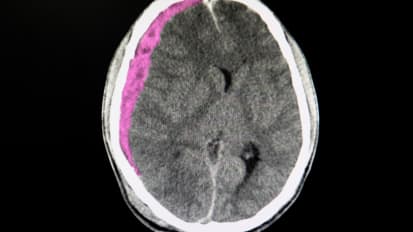 Video
Video
Advanced Care of Subdural Hematoma in the Elderly: A Look at Embolization
Neurosurgeon Luis Savastano, MD, PhD, discusses middle meningeal artery embolization, a cutting-edge, outpatient procedure for subdural hematoma. News
News
UCSF Neurologist Recognized for Innovative Epilepsy Research
UCSF Neurologist Recognized for Innovative Epilepsy Research American Academy of Neurology to Honor Jon Kleen, MD, PhD with 2023 Dreifuss-Penry Epilepsy Award News
News
Can Gene Expression Predict if a Brain Tumor Is Likely to Grow Back?
Screening tumors using this new approach could change the course of treatment for nearly 1 in 3 people with meningioma, the most common form of brain tumor diagnosed in 42,000 Americans each year.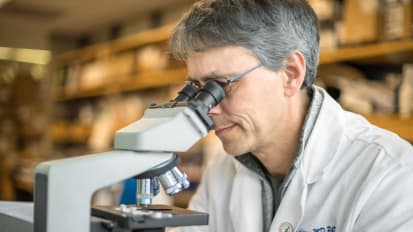 News
News
Can What Works to Treat Cancer Work for Diabetes?
To live with type 1 diabetes is to be ruled by relentless routine. Food must be carefully monitored, and the only treatment, subcutaneous insulin, is burdensome... Video
Video
Louder for the Patients in the Back: Making the Most of New Hearing Aid Options
Hearing loss is associated with cognitive decline, so finding solutions that help patients stay socially connected is crucial.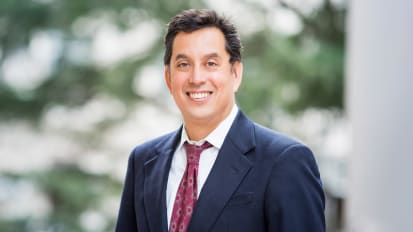 News
News
Renowned Pulmonary Disease Specialist to Lead UCSF Pulmonology Program
Prescott Woodruff, MD, MPH, a renowned leader in the pathogenesis and treatment of airway disease, has been appointed chief of UC San Francisco’s Division of Pulmonary, Critical Care, Allergy and Sleep Medicine. Prescott will assume the role of chief on July 1. News
News
UCSF’s Division of Cardiology to Partner with Rosenman Institute
UC San Francisco’s Division of Cardiology has joined with the Rosenman Institute to speed the development of health-tech innovation at UCSF.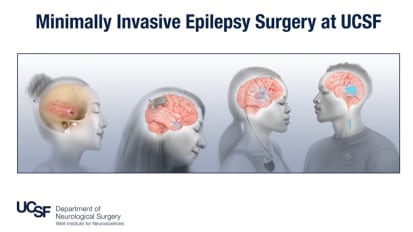 Video
Video
Surgery for Epilepsy: Advanced Techniques and Appropriate Candidates
Many patients with uncontrolled seizures are unaware that they can be helped – and providers have an opportunity to start them toward a better quality of life simply by explaining the latest options.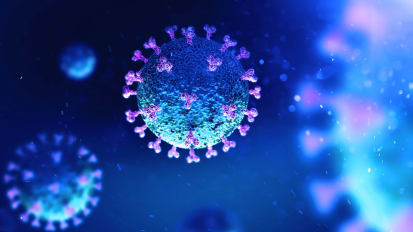 Video
Video
Exploring Potential Treatment Options for COVID-19
Annie Luetkemeyer, MD, professor of infectious diseases at UCSF, is an expert on the treatment of viral infections. On March 24, 2020, Robert Wachter, MD, chair of the Department of Medicine at UCSF, interviewed her on the evidence behind potential treatments for COVID-19 as well as how to assess new and existing drugs in a pandemic. Video
Video
Keep Them on Their Feet: Vigilant Diabetic Care Saves Limbs
In response to rising rates of diabetes and related amputations, the co-directors of UCSF’s Center for Limb Preservation – which has a limb salvage rate of 92 percent – present a quick guide to detecting amputation risk. They include COVID-specific advice to prevent delays in diagnosis and referral. News
News
Cognitive Ability Improved in Low-Grade Glioma Patients Treated at UCSF
With advanced treatments improving survival outcomes for patients with low-grade gliomas, clinicians and researchers at UC San Francisco’s Brain Tumor Center are working to enhance the cognitive improvement of these individuals as well. Video
Video
Breathing Easier: An Update on Diagnosis and Management of Asthma
Allergist and immunologist Monica Tang, MD, discusses keys to distinguishing asthma from other disorders. Document
Document
Pancreas Center
Novel therapeutics and state-of-the-art surgical techniques combined with an array of support services for patients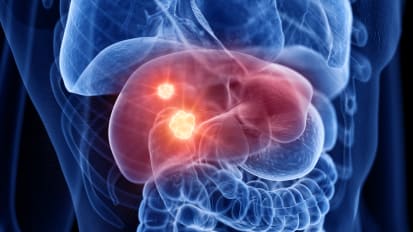 News
News
Novel Immunotherapy Combination Destroys Colorectal Liver Metastases
UCSF researchers disrupt tumor immune environment with LIGHT/anti-CTLA-4 therapy in preclinical models.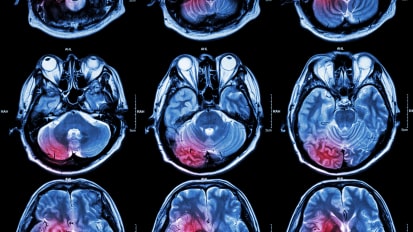 Video
Video
Gender-Specific Differences in Stroke Management and Outcome
Vineeta Singh, MD discusses gender-specific differences in primary and secondary stroke prevention, including an examination of gender-specific issues surrounding patient consent to receive an IV tissue plasminogen activator (tPA). News
News
Is Regenerative Medicine the Next Generation of Infertility Treatment?
Failed or canceled frozen embryo transfer (FET) cycles often occur in patients with thin endometrial linings. Existing treatments to increase lining thickness, such as hormone therapy, are not always effective, leaving some patients with little hope of a successful pregnancy.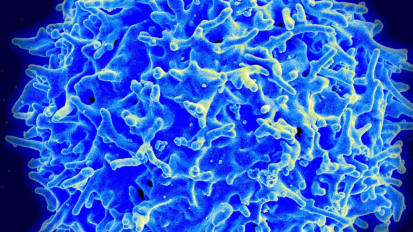 News
News
Killing Pancreatic Cancer with T Cells that Turbocharge Themselves
Novel Immunotherapy Pumps Out Cancer-Killing Cytokines Only Inside the Tumor News
News
Virtual Cardiac Rehabilitation Produces Similar Results as In-Person Treatment
UCSF Study Shows Potential Benefit of Expanding Availability for Patients Cardiac rehabilitation (CR) reduces hospitalization and mortality and improves quality of life for patients with cardiovascular disease. Despite its benefits, only 24 percent of eligible patients in the U.S. participate in CR due to financial and logistical barriers. Video
Video
A Handy Guide to Keep in Reach: Sports Injuries of the Upper Extremity
Orthopedic surgeon Nikki Schroeder, MD, chief of UCSF’s hand, elbow and upper extremity service, shows providers how to pinpoint the problem when patients present with elbow, wrist or hand pain.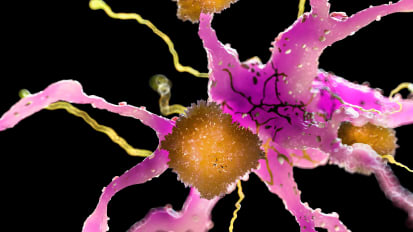 News
News
New Alzheimer’s Trial to Combine Anti-Amyloid and Anti-Tau Therapies to Arrest Disease Progression
A new study will combine an Alzheimer’s medication that slows disease progression in some patients with two drugs that target disease-driving proteins to see whether their effects can be amplified.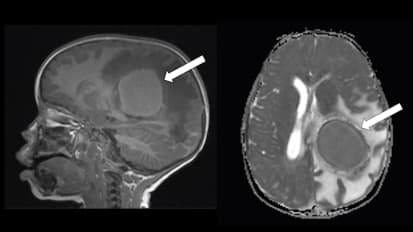 Video
Video
Clinical Case Reports and New mNGS-Based Technologies
Charles Chiu, MD, PhD, discusses cases where mNGS testing saved the life of a patient with undiagnosed neuroleptospirosis, and spared another patient from a potentially unnecessary liver transplant. News
News
New ATS Recommendation: Use Race-Neutral Equations for Pulmonary Function Test Interpretation to Improve Patient Care
An American Thoracic Society (ATS) workshop committee, which included many UCSF researchers, recently released an official statement recommending the use of race-neutral average reference equations for pulmonary function test (PFT) interpretation.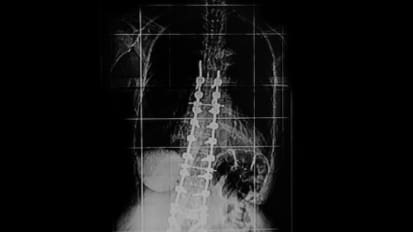 Video
Video
Considerations for Deformity Surgery in the Young Adult
In this presentation Lionel N. Metz, MD, will discuss considerations for the young adult deformity patient, case examples, common pitfalls and modes of failure, and causes of pain after adult reconstruction.

